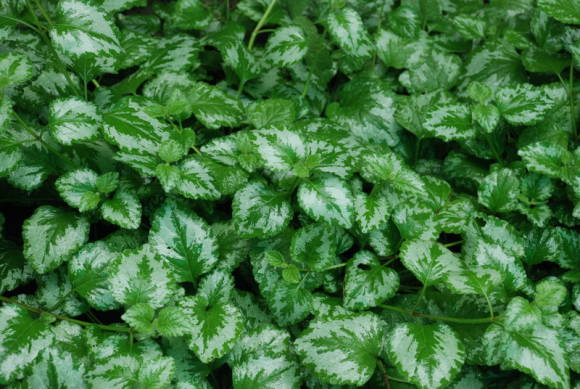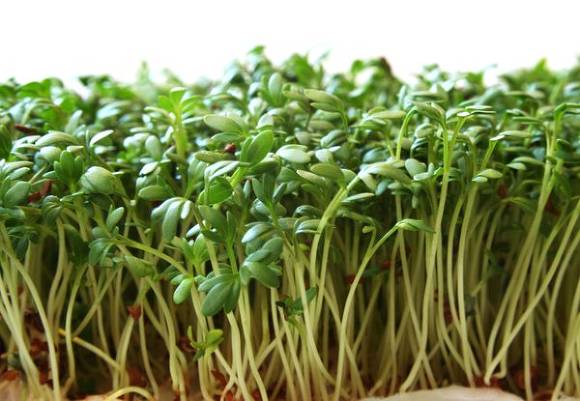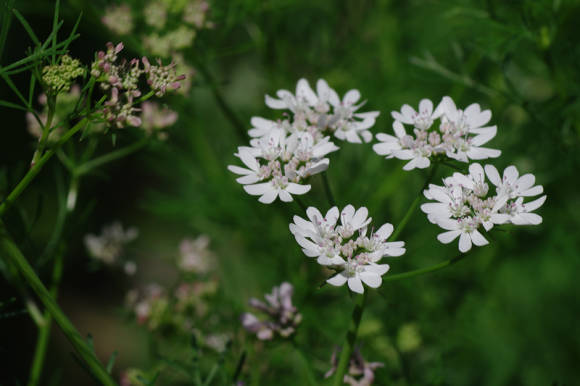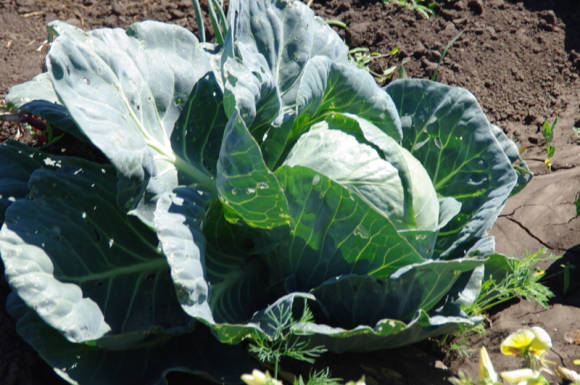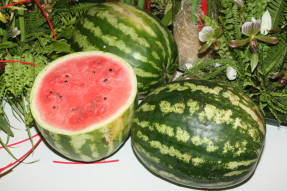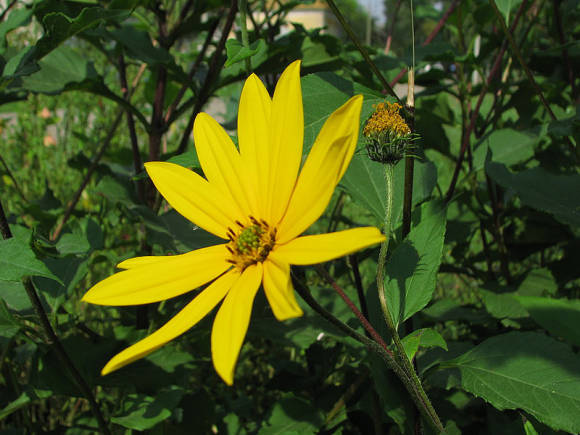
Even in ancient times, doctors knew about the medicinal value of anise. In India, it was already known in the 5th century A.D. entitled atihatra. It was used in ancient Chinese and medieval Arabic medicine. It came to Western Europe thanks to the Romans called anes. The Greeks and Romans used the fruit to whet their appetite. Mentions of anise oil can be found in the works of the ancient physician Hippocrates, in ancient healers and herbalists. Avicenna in his "Canon of Medicine" mentions anise, which was most often used in children's medical practice. In the Middle Ages, it was believed that "our eyesight is better and our stomach is stronger from anise ..." (Arnold from Villanova. Salerno code of health).
It was used as a spice even in Kievan Rus.
Normal 0 false false false RU X-NONE X-NONE
Fragrant and oily
Anise is just a storehouse of biologically active substances. The fruits contain from 1 to 5% of essential oil, which is a clear, colorless or slightly yellowish liquid with a characteristic odor and sweetish taste. According to the requirements of the European Pharmacopoeia, its content must be at least 2%. The main component of essential oil is trans-anethole (aromatic phenol derivative), its share can reach 90% and even 95%. Methylchavicol - 10%, anisic aldehyde, anisic acid (18 - 20%), anise alcohol, anisketone may be present in significant quantities, which, in general, is not very good. In addition to essential oil, the fruits contain fatty oil (up to 20%), protein substances (up to 19%), mineral salts (up to 10%), sugar, mucus, coumarins (scopoletin and umbeliprenin), as well as bergapten furocoumarin, which has a photosensitizing effect ... Of the macronutrients, potassium, calcium and magnesium are present in significant quantities, and of the microelements - aluminum, copper, zinc and manganese.
The dense part of fatty butter (up to 20%) with a melting point of + 29 + 31 ° C is proposed as a substitute for imported cocoa butter.
From candy to cabbage

Anise is grown as an essential oil, medicinal and aromatic plant. It has an intense, light, refreshing spicy aroma, therefore it is used in the perfumery and cosmetic industry and the food industry. In perfumery, anise aldehyde is obtained from anethole. It is used in many compositions for obtaining the smell of fresh hay and wildflowers, for preparing toothpastes, elixirs and eau de toilette.
Seeds are one of the components of most recipes for domestic spices. Anise is used in the preparation of cheese sourdough, sauerkraut, pickling cucumbers, for flavoring drinks, bakery and confectionery products, for flavoring soups, sauces, stews. Its aroma is harmoniously combined with the smell and taste of apples, therefore this feature was used in Russia, seasoning pickled apples with anise.
In European countries, it is a traditional seasoning for New Year's baked goods. Young leaves are added to salads, soups and vegetable dishes
The essential oil obtained from fruits is widely used in the manufacture of vodkas, liqueurs, liqueurs, as well as certain varieties of sweets and cookies. Fresh leaves are used as a seasoning in salads and side dishes.
Fatty oil produced from anise is essential in paint and varnish production. The dense part of the fatty oil has been proposed as a substitute for cocoa butter in confectionery and medical practice. Waste (cake) after processing contains up to 20% protein and goes to livestock feed.
Normal 0 false false false RU X-NONE X-NONE
The mainstay of the Pharmacopoeia and the favorite of traditional medicine

To begin with, the fruits of anise are included in the Pharmacopoeia of more than 20 countries of the world, including our country.
Anise has a very broad spectrum of action: it enhances the secretion of the bronchial glands and promotes liquefaction and faster evacuation of sputum from the respiratory tract, and also increases the secretory and motor function of the gastrointestinal tract. In addition, anise oil has antiseptic properties, anti-inflammatory, antispasmodic, anesthetic and carminative effects. In this regard, anise is used orally for acute and chronic laryngitis, bronchitis, bronchial asthma, chronic gastritis with secretory insufficiency, chronic enteritis, colitis, etc. In scientific medicine of our time, anise is usually used as part of complex preparations - collections (teas): chest, laxatives, stomach, diaphoretic.
So, for example, for cooking breast tea take marshmallow root, licorice, sage leaf, pine buds and anise fruits in equal parts. Pour one tablespoon of the mixture with a glass of boiling water, leave for 20-30 minutes, filter and take 1/4 cup during the day every 3 hours. And for gastric collection take the fruits of anise, fennel and caraway seeds in 20 g, peppermint leaves - 40 g. Prepare the infusion as in the previous recipe and take 1/3 cup in small sips 30 minutes before meals 3 times a day with stomach cramps and intestinal flatulence.
Anise reduces flatulence and pain in the intestines associated with the intake of laxatives, digestion improves in patients, the motor and secretory function of the stomach and intestines normalizes.
Anise fruit preparations and anise oil improve expectoration of phlegm, its liquefaction, accelerate the evacuation of phlegm, and have a bactericidal effect. They are used for tracheitis, laryngitis, bronchitis, whooping cough, bronchopneumonia, bronchiectasis, chronic tonsillitis. Anise infusion is recommended to rinse 2-3 times a day for periodontal disease, catarrhal and ulcerative stomatitis. Anise oil is used to treat periodontal pathological pockets with periodontal disease.
It increases lactation and stimulates the motor function of the uterus. In obstetrics and gynecology, the fruits of anise are used as an antispastic, diuretic; as an aid to stimulate labor and painful menstruation.
Anise fruits are included in lactation stimulating fees. The infusions are drunk hot, 1 glass 30 minutes before feeding the child.
Anise and anise oil have always been a popular remedy, especially in pediatrics. At the beginning of the century, children were prescribed drops as an expectorant and emollient, consisting of 1 part of ammonia-anise drops, 1 part of licorice root extract and 3 parts of dill water.
In turn, the composition of ammonia-anise drops is as follows: anise oil - 2.81 g, ammonia solution - 15 ml, alcohol - 90% to 100 ml. Outwardly, they are a clear, colorless or slightly yellowish liquid with a strong aniseed and ammonia odor. They are stored in flasks with ground-in corks. Assign inside on a piece of sugar as an expectorant. As a fairly harmless, but effective remedy, many doctors use ammonia-anise drops in pediatrics for bronchitis. Adults are prescribed 5-10 drops per dose, children under 1 year old - 1-2 drops, 2-5 years old - 2-5 drops, 6-12 years old - 6-12 drops per dose 3-4 times a day. Store them in a cool, dark place out of the reach of children.
In folk medicine infusion of fruits (anise tea) is used as an antipyretic, diuretic, antispasmodic agent. The oil has disinfecting properties, it is used against scurvy, and mixed with egg white - against burns. Anise seeds are recommended to be chewed for headaches, migraines and bad breath. The smell of anise, according to popular belief, causes a restful sleep.
In 1985-88. fruits of anise on the recommendation of the Botanical Garden (g.Kiev) was used in mixtures for the removal of radionuclides, especially in children, after the accident at the Chernobyl nuclear power plant.
Anise fruits are also used for cystitis, pyelonephritis, urethritis as a mild diuretic, antiseptic and antispasmodic agent.
Anise has a mild diaphoretic and hypotensive effect, it also contains sweatshops: willow bark, coltsfoot leaves, linden flowers, raspberries and anise fruits in 1 part. Pour a tablespoon of the mixture with a glass of boiling water, boil for 5 minutes, filter through cheesecloth, take a hot broth, 1 glass per night.
Anise infusion prepare as follows: a teaspoon of fruits is brewed with a glass of boiling water, boiled for 15 minutes, infused for 20 minutes, filtered. Take 1/4 cup 3-4 times a day half an hour before meals.
Fruit powder in folk medicine is sometimes recommended for impotence in men. To prepare the powder, the fruits are ground in a coffee grinder immediately before use. Take them 1.5 g 3 times a day 30 minutes before meals.
Notes for an aromatherapist

Anise essential oil is a colorless or slightly yellowish liquid, highly refracting light, optically active, with a characteristic odor and sweetish taste.
It is used as an expectorant for diseases of the upper respiratory tract, bronchiectasis, 1-5 drops per dose. It is part of the breast elixir. Anise oil is released in bottles of 5-10 g. It is combined with other essential oils, antibiotics, and is included in expectorant mixtures.
In aromatherapy, anise oil is used as an antispasmodic, soothing, for spasms of the gastrointestinal tract, bronchi. It has an estrogen-like effect (reminiscent of the female hormones estrogen) and therefore can be used for menstrual irregularities. Relaxes the nervous system. It is recommended to use it for hangover.
Main action: anti-inflammatory, antispasmodic for spasms of the gastrointestinal tract, relieves spasms of smooth muscles of the intestines and bronchi. Improves the condition of the cardiovascular system: relieves spasms of the coronary vessels, regulates heart rhythms, blood pressure. It has an estrogen-like effect and is used for menstrual irregularities. Relaxes the nervous system. It is recommended to use it in case of a hangover syndrome (that's why anise liqueurs are so popular for dessert in the Balkans and in Spain). And plus to this, the oil removes the unpleasant smell of fume or garlic. Found that essential oil is able to be excreted from the body through the sweat glands. At the same time, it eliminates the unpleasant smell of sweat, and the skin, on the contrary, acquires a pleasant smell. With ketonuria, taking anise oil eliminates the unpleasant odor in urine. When spraying indoors, it cleans the air from pathogenic microorganisms and increases the resistance of people working in such a room to ARVI.
Essential oil showed immunomodulatory properties, normalized the coefficient of the immune response, therefore it is recommended to use it for secondary immunodeficiencies. It stimulates the respiratory center. Normalizes hemodynamics of the brain in persons of mental labor. Increases mental and physical performance.
Has anticarcinogenic effect. Able to form complexes with lead cations and remove them from the body. Reduces indicators of lipid peroxidation.
The essential oil, when taken by mouth, enhances lactation and improves the taste of milk in nursing mothers.
Anise oil enhances the secretion of the bronchial glands and promotes liquefaction and faster evacuation of sputum from the respiratory tract, and also increases the secretory and motor function of the gastrointestinal tract.In addition, anise oil has antiseptic properties, anti-inflammatory, antispasmodic, anesthetic and carminative effects. In this regard, anise is used orally for acute and chronic laryngitis, bronchitis, bronchial asthma, chronic gastritis with secretory insufficiency, chronic enteritis, colitis, etc.
Considering the pleasant smell of anise oil, its phytoncidal properties and positive effect on cerebral circulation, it is used in aerosol compositions used in air-conditioned work areas.
According to a number of aromatherapists, anise oil relieves excessive excitability and tearfulness in children, and induces restful sleep.
The main ways of its use: inhalation (1-3 drops in an inhaler, aroma lamp or pillowcase) and ingestion on a piece of sugar.
Research in recent years has shown that anise essential oil inhibits mycelium development. Aspergillus parasiticus, it acts somewhat weaker on Aspergillus niger and Alternaria alternata... These fungi are actively settling on food and emitting harmful substances - mycotoxins. At present, very serious attention is paid to this problem. The addition of aniseed oil to food can prevent the build-up of mycotoxins during storage.)
The delight of the dovecote and the storm of mosquitoes
It has long been known that insects cannot tolerate the smell of anise oil. It was applied to the hands and face to avoid being bitten by mosquitoes. And for the fight against lice, an ointment was used, prepared from equal parts of the powder of the fruits of anise and white hellebore and four parts of "interior lard" (internal pork fat). The pleasant aroma of anise has long been used by pigeons: they smeared the walls of the dovecote with essential oil so that the specific smell would help the pigeons quickly get used to the new home. The same remedy allows you to simultaneously fight against parasites. Anise oil, dissolved in alcohol or sunflower oil in a ratio of 1: 100, is an excellent remedy in the fight against bird mites, chewing lice, lice and fleas.
In veterinary practice, the fruits of anise are used as a diuretic, expectorant, aromatic and digestive aid.
Interestingly, due to its strong antioxidant properties, the oil prevents the appearance of rust.
About growing anise - in the article Anise ordinary on a personal plot.

